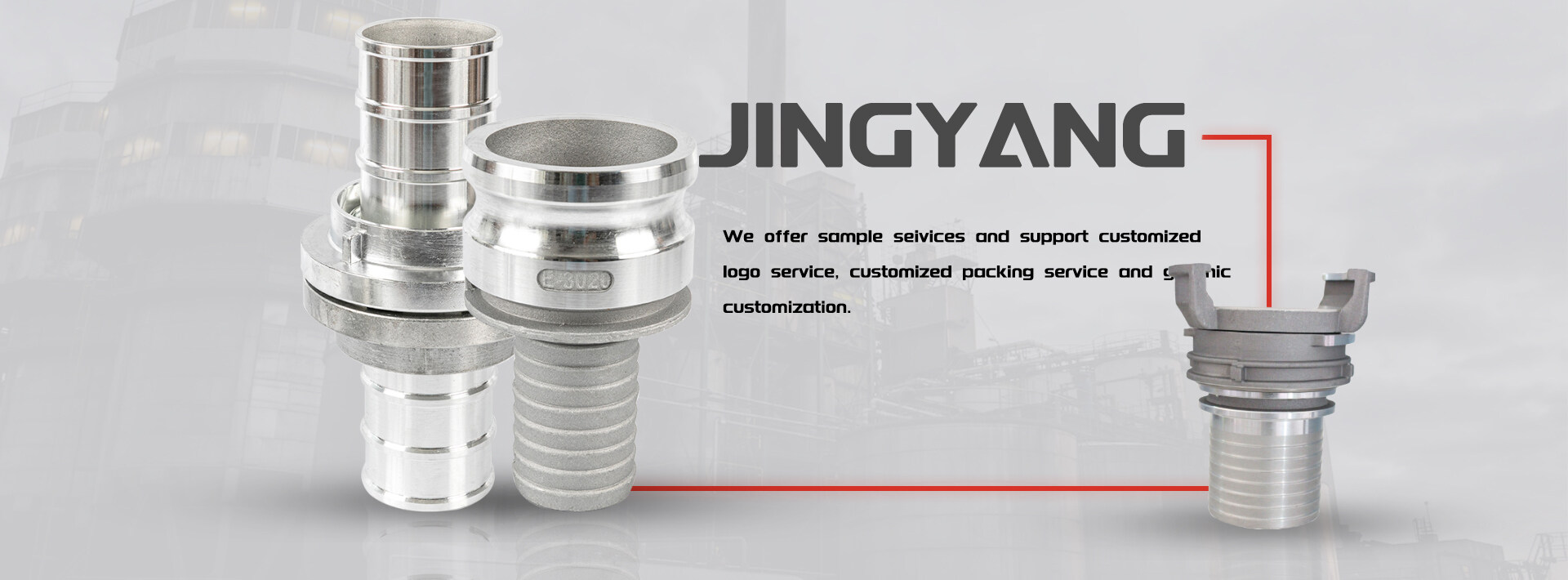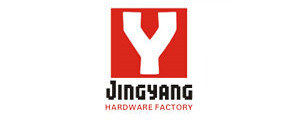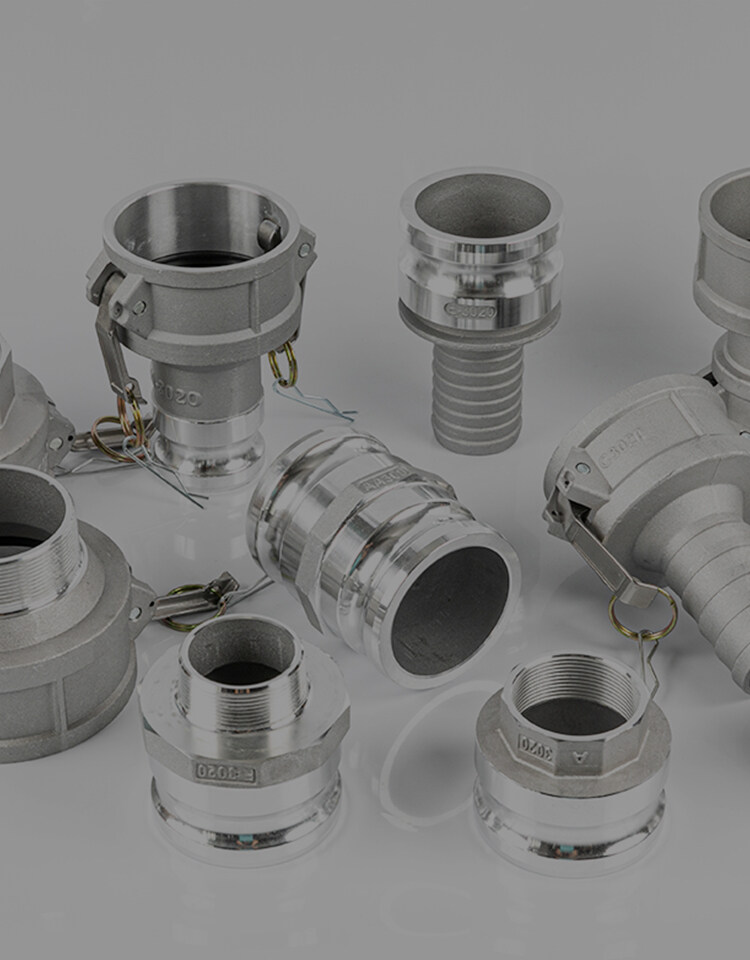이메일 형식 오류
emailCannotEmpty
emailDoesExist
pwdLetterLimtTip
inconsistentPwd
pwdLetterLimtTip
inconsistentPwd

소식
여기에서 표현하려는 텍스트를 설명 할 수 있습니다.

Male and Female Fire Hose Couplings: Essential Fittings for Efficient Fire Safety
Introduction
In the realm of fire safety, every second counts. The effectiveness of firefighting operations heavily depends on the quality and compatibility of the equipment used. One crucial component that ensures seamless water flow and connection is the male and female fire hose coupling. This blog aims to shed light on the significance of these fittings and their role in fire safety, particularly in commercial settings. Whether you are a business partner, a fire safety professional, or an individual interested in fire safety, this article will provide valuable insights into the importance of male and female fire hose couplings.
Understanding Male and Female Fire Hose Couplings
Male and female fire hose couplings are essential fittings used to connect fire hoses, ensuring a secure and leak-free connection. The male coupling features external threads, while the female coupling has internal threads. These threads allow for easy connection and disconnection, enabling firefighters to quickly attach hoses to water sources or other firefighting equipment.
Importance of Compatibility
Compatibility is crucial when it comes to fire hose couplings. Firefighters must ensure that the male and female couplings are compatible with each other and other firefighting equipment. Standardisation of fire hose couplings, such as the National Standard Thread (NST) or National Pipe Straight Hose (NPSH), ensures compatibility across different brands and models. This compatibility allows for seamless integration of hoses and equipment during emergencies, saving valuable time and potentially lives.
Durability and Reliability
Male and female fire hose couplings are designed to withstand extreme conditions and heavy usage. They are typically made from durable materials such as aluminium, brass, or stainless steel. These materials offer resistance to corrosion, ensuring the longevity and reliability of the couplings. Firefighters and fire safety professionals can rely on these fittings to perform consistently, even in the most demanding situations.
Versatility and Adaptability
Fire hose couplings are not limited to firefighting applications alone. They find utility in various industries, including agriculture, construction, and even gardening. For instance, garden hose fittings with male and female couplings allow for easy connection and disconnection of hoses, making watering tasks more convenient. This versatility makes fire hose couplings a valuable investment for businesses and individuals alike.
Importance of Regular Maintenance
To ensure the optimal performance of male and female fire hose couplings, regular maintenance is essential. Inspections should be conducted to check for any signs of wear, damage, or corrosion. Couplings should be cleaned, lubricated, and stored properly to prevent deterioration. By prioritising maintenance, businesses can ensure the longevity and reliability of their fire safety equipment.
Conclusion
Male and female fire hose couplings play a vital role in fire safety, enabling efficient water flow and connection during firefighting operations. Their compatibility, durability, versatility, and adaptability make them indispensable fittings in commercial settings. By investing in high-quality couplings and prioritising regular maintenance, businesses can enhance their fire safety preparedness and protect their assets. Whether it’s for firefighting or other applications, male and female fire hose couplings are essential components that contribute to a safer and more secure environment.

